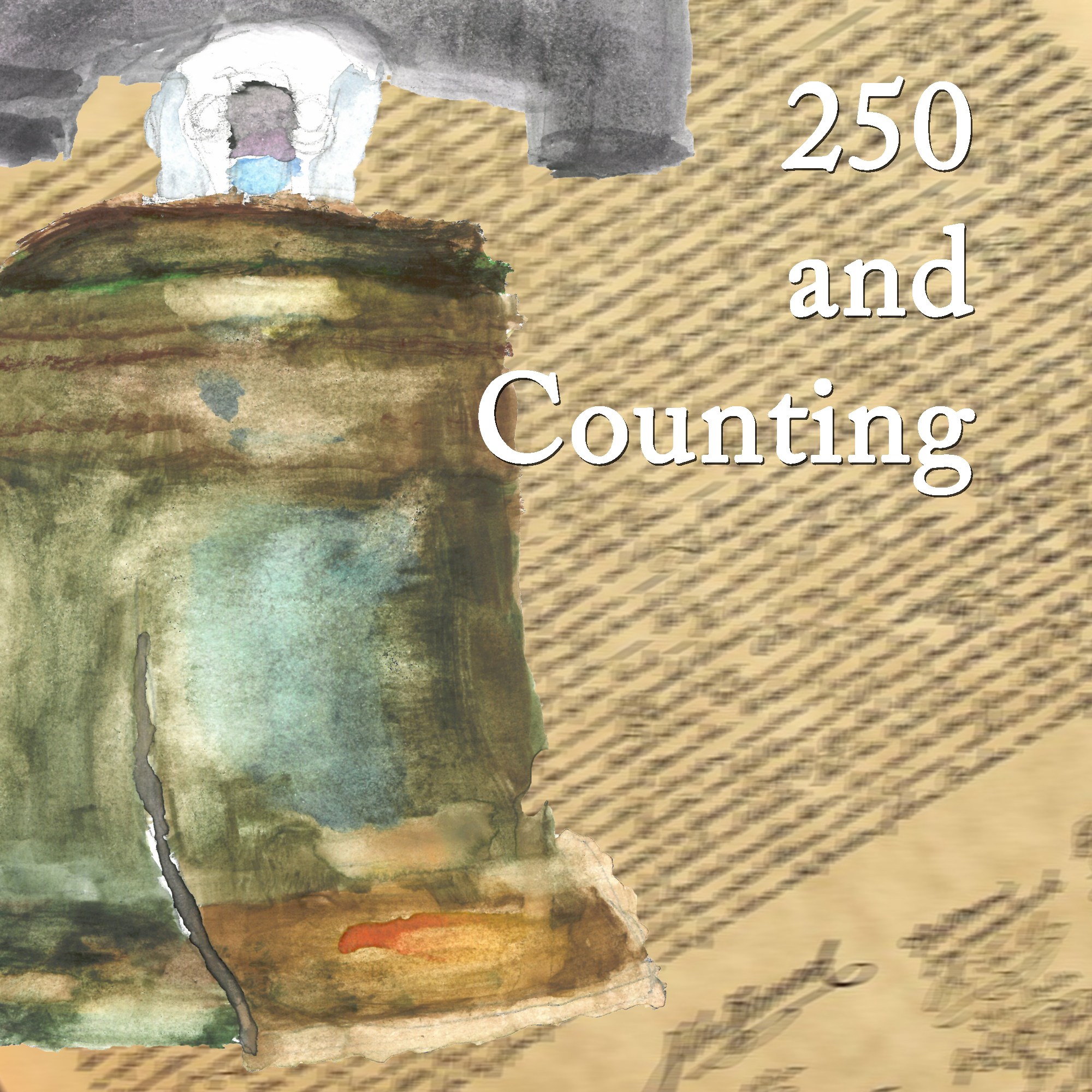
Peter Tondee and his wife Lucy ran Tondee’s Tavern in Savannah, Georgia. It was quite the location for revelry and such, and it was a popular meeting place up until it burned down in 1796, along with most of that city. Nowadays there’s a plaque in the side of the building where Tondee’s once stood.
And on this day in 1775, the Sons of Liberty got together to throw the King a little birthday part, without balloons, or cake and candles, or much other than a little food and a lot of fermented beverages, if you catch our drift.
Podcast: Play in new window | Download | Embed








